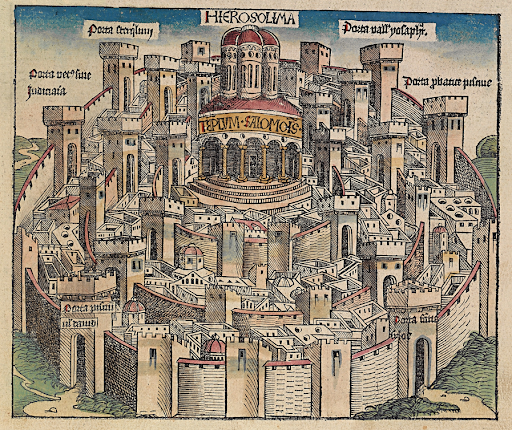During Late Antiquity and the Middle Ages, the Byzantine Empire, also known as the Eastern Roman Empire, was the continuation of the Roman Empire in its eastern regions, with Constantinople as its capital. It survived the split and fall of the Western Roman Empire in the 5th century AD and lasted another thousand years until the Ottoman Empire conquered Constantinople in 1453.
The empire was Europe's most powerful economic, cultural, and military force throughout the majority of its existence. Only after the end of the realm were coined the terms "Byzantine Empire" and "Eastern Roman Empire"; its subjects continued to refer to their empire as the Roman Empire or Romania and to themselves as Romans– a word that Greeks used for themselves until the Ottoman period. Modern historians distinguish Byzantium from its former incarnation because it was focused on Constantinople, oriented toward Greek rather than Latin civilization, and marked by Eastern Orthodox Christianity.
After the decline of the Greek-speaking Hellenistic Judaism in ancient times, the use of the Greek language and the integration of the Greek culture into Judaism continued to be an integral part of life in Jewish communities in the Byzantine Empire. The legal standing of the Jews of the Byzantine Empire was unique during the entire history of the Empire; they did not belong to the Christian Eastern Orthodox faith, which was the state religion, nor were they—in most circumstances—grouped together with heretics and pagans. Jews were placed in a legal position somewhere between the two worlds. The place along the spectrum of social freedom in which Byzantine Jews found themselves varied somewhat—though far from drastically—with time and depended largely on three factors: the theological desire of the state to maintain the Jews as a living testament to the victory of Christianity, the desire of the state to strengthen its control, and the ability of centralized rule from Constantinople to enforce its legislation.
Though they were continuously urged to convert by Christian authorities—sometimes violently—Jews in the holy land did pretty well economically. Persecutions under Emperor Heraclius shifted the focus of Jewish scholarship to the Persian exile communities. When Muslim troops conquered Palestine, some Jews hailed the conquerors as heralds of the Messiah. Early Islamic society was generally more stable for Jews, despite their social inferiority as non-Muslims.
Jews were barred from various government positions in 404. They were expelled from the civil service and all military positions in 418. They were barred from all remaining civil and military offices in 425, a rule that Justinian I reinforced. However, such restrictions necessarily undermined the theological justifications for restricting the Jewish religion; while they privileged the empire's Christian people at the expense of its Jews, all legislation dealing with Jews implicitly accepted the Jewish religion's continued existence and legality.
Although the Justinian Code was in effect in the Eastern Empire until the ninth century, the time after Justinian's reign was marked by tolerance of non-Christians, particularly Jews. During the Byzantine–Sasanian War of 602–628, many Jews joined with the invading Persian Sassanids to seize all of Roman Egypt and Syria. In contrast, many Jews sided against the Byzantine Empire in the Jewish uprising against Heraclius. As a result, anti-Jewish legislation was passed throughout the Byzantine Empire and as far as Merovingian France. Soon after, in 634, the Muslim conquests began, and many Jews rebelled against their Byzantine overlords once more. Heraclius was the first emperor to force Jews to convert to Christianity during this time. Throughout the Byzantine Empire, the Jewish people's condition deteriorated dramatically after Heraclius' reign.


